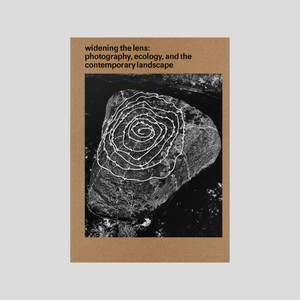
This beautiful, small-format publication serves as a primer on the work of William Henry Fox Talbot, a true interdisciplinary innovator who drew on his knowledge of art, botany, chemistry and optics to become one of the inventors of photography in 1839. Talbot’s “photogenic drawings” (photograms), calotypes and salted paper prints are some of the first ever examples of images captured on paper.
Accompanying an exhibition at Carnegie Museum of Art (November 18, 2017 to February 11, 2018), this book brings together approximately 30 photographs by Talbot that demonstrate his wide-ranging interests, including nature, still life, portraiture, architecture, and landscape. Approximately a quarter of the featured images are being published for the first time since Talbot was alive. Through thematic groupings elucidated by noted Talbot scholar Larry Schaaf, the book reveals the photographer’s early striving to test the boundaries of his medium at a historic moment when art and science intersected. With its luminous reproductions of Talbot’s fragile art, this publication demonstrates that, in its earliest days, photography required a form of magic-making and innovation that continues to inspire people today.
William Henry Fox Talbot (1800–1877) was a “gentleman scientist” in Victorian England. He is best known for his development of the calotype, an early photographic process that involved the use of a negative, from which multiple prints could be made. Talbot’s The Pencil of Nature (1844–1846) was the first mass-produced book with photographic illustrations.
2017; hardcover; 95 pages with 40 color illustrations; available from the Carnegie Museum of Art Store and D.A.P./Distributed Art Publishers; ISBN 978-0-8803-9060-6





